In the world of poultry farming, the efficiency of feeding systems plays a pivotal role in the productivity and health of the chickens. Among these systems, chicken feeders have evolved to meet various needs and challenges of feeding domestic fowl. These devices are not only designed to dispense feed but also to minimize waste, deter pests, and provide ease of access to the birds. In exploring the nuances of these indispensable farm tools, one will uncover the various types, unique features, and diverse materials that compose the vast range of chicken feeders available to the B2B market.
Types of chicken feeders
When selecting a chicken feeder, it's essential to consider the different types that cater to varying flock sizes, coop designs, and feeding habits. The automatic chicken feeder stands out for its convenience, as it dispenses feed at regular intervals without manual intervention, ensuring a consistent food supply. For those looking to save space, the wall mounted chicken feeder is an excellent choice, as it can be attached to the side of the coop, keeping the floor clear for the chickens to roam. Meanwhile, hanging chicken feeders are popular for their ability to keep feed off the ground, reducing contamination and pest access. The outdoor chicken feeders are designed to withstand weather elements, making them suitable for farms where chickens have access to outdoor spaces.
Features of chicken feeders
Innovative features integrated into chicken feeders have drastically improved their functionality and effectiveness. A no waste chicken feeder is designed to reduce spillage and feed wastage, which is both cost-effective and environmentally friendly. Similarly, the no spill chicken feeder ensures that the feed is contained within the unit, even when pecked at vigorously by hungry chickens. Pest deterrence is another critical feature, with mouse proof chicken feeders and squirrel proof chicken feeders being specially designed to prevent rodents and other animals from accessing the feed. These features not only protect the feed from contamination but also reduce the risk of disease transmission among the flock.
Materials in chicken feeders
The durability and longevity of a chicken feeder are largely dependent on the materials from which it is made. Common materials include galvanized steel, which offers robustness and resistance to rust, and plastic, which is lightweight and often more affordable. Each material has its advantages, with plastic feeders being easier to clean and move around, while metal feeders are typically more durable and offer better protection against persistent pests. The choice of material will ultimately depend on the specific needs of the farm, such as the size of the flock, the location of the coop, and the climate.
By delving into the types, features, and materials of chicken feeders, users are better equipped to make informed decisions that will enhance their poultry farming operations. These feeders are more than just containers for feed; they are critical components of a well-managed farm that prioritizes the health and productivity of its chickens.

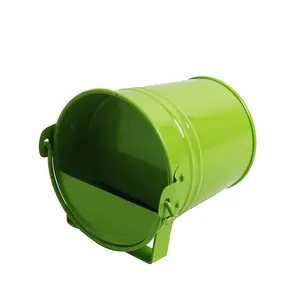
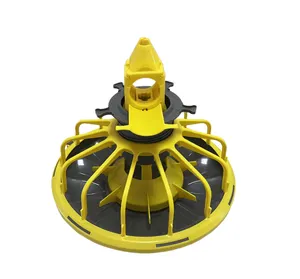








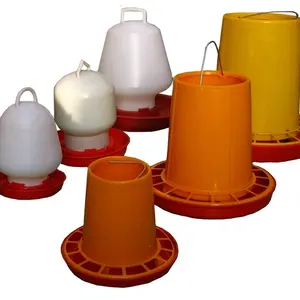
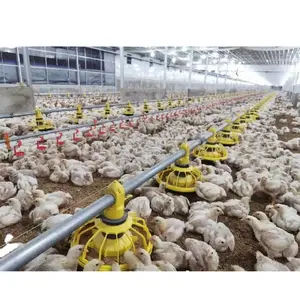



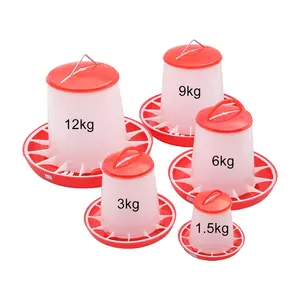
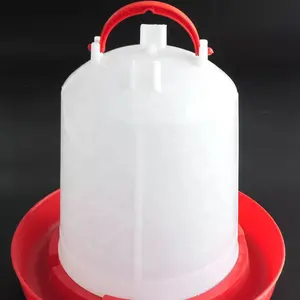

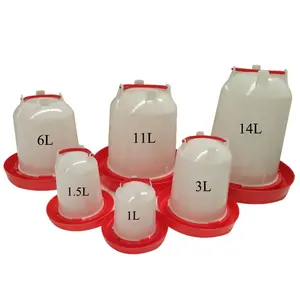
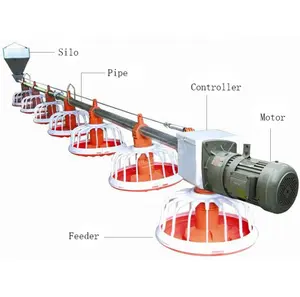
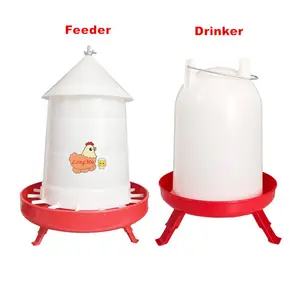








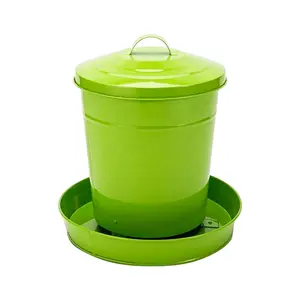
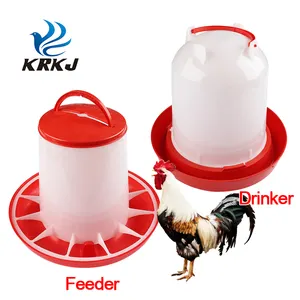


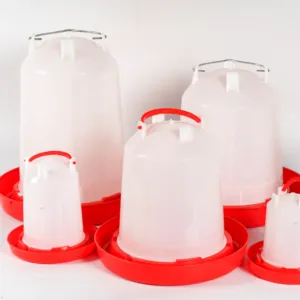
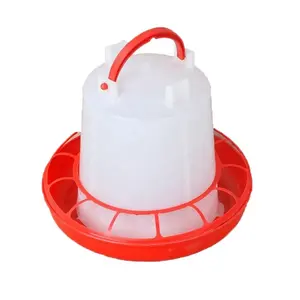





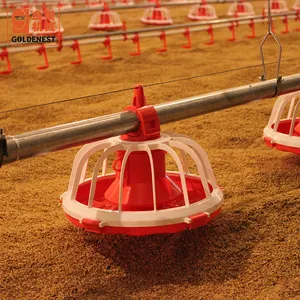





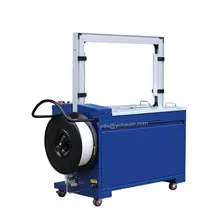




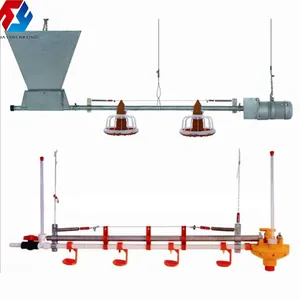
























 浙公网安备 33010002000092号
浙公网安备 33010002000092号 浙B2-20120091-4
浙B2-20120091-4